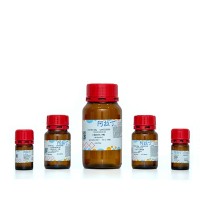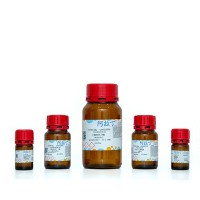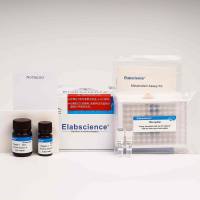Detection of Erysipelothrix rhusiopathiae in Clinical and Environmental Samples
互联网
543
Erysipelothrix rhusiopathiae is pathogenic for both animals and humans, causing erysipelas in swine and erysipeloid in humans (1 ). In swine, disease may be either acute or chronic, resulting in the development of arthritis and endocarditis (2 ). In Japan, erysipelas remains an animal hygiene problem causing great economic loss as infected swine are disused (3 ). Human infection closely resembles that seen in swine, with both acute and chronic forms also. The most common presentation is erysipeloid, a localized cutaneous infection (4 ). In Western Australia, an erysipeloid-like infection referred to as “crayfish poisoning” occurs in lobster fishermen and handlers (5 ). A second type of presentation is a generalized cutaneous form involving lesions that progress from the initial site of infection or appear in remote areas (6 ). The third and most serious form of disease is a septicemia that is almost always linked to endocarditis (4 ). The mortality rate in Erysipelothrix endocarditis is still high (38%) (7 ) and can be explained by the use of vancomycin (to which Erysipelothrix spp. are inherently resistant) as empirical therapy. Therefore, it is critical to have an early diagnosis of E. rhusiopathiae infection (8 ).









